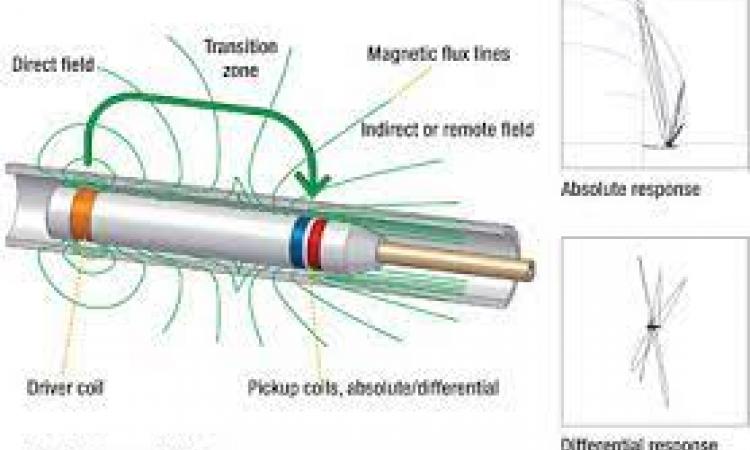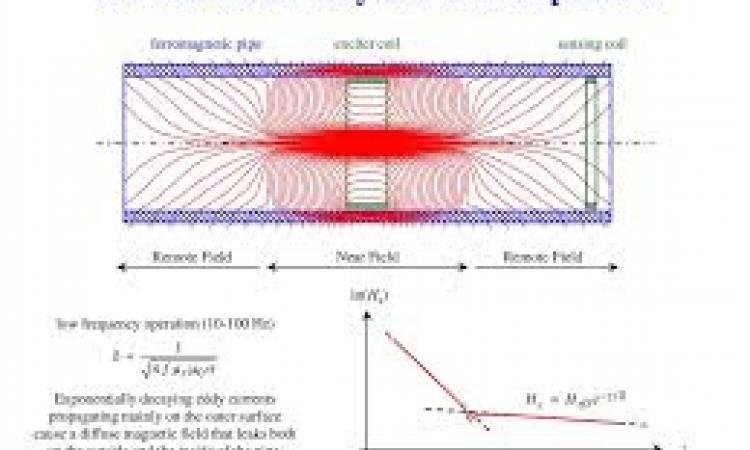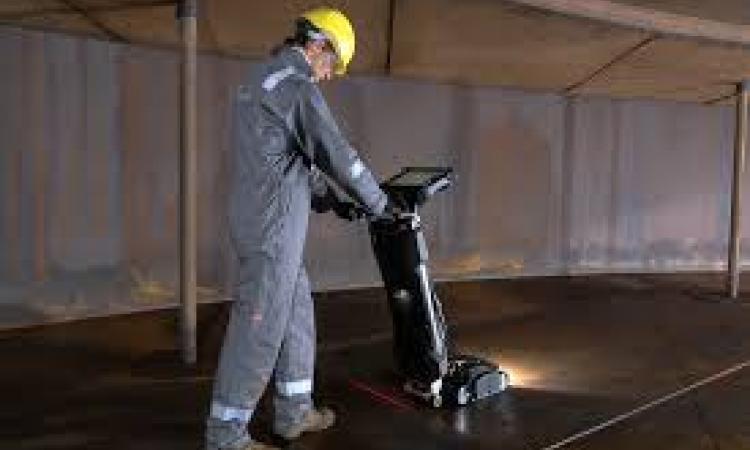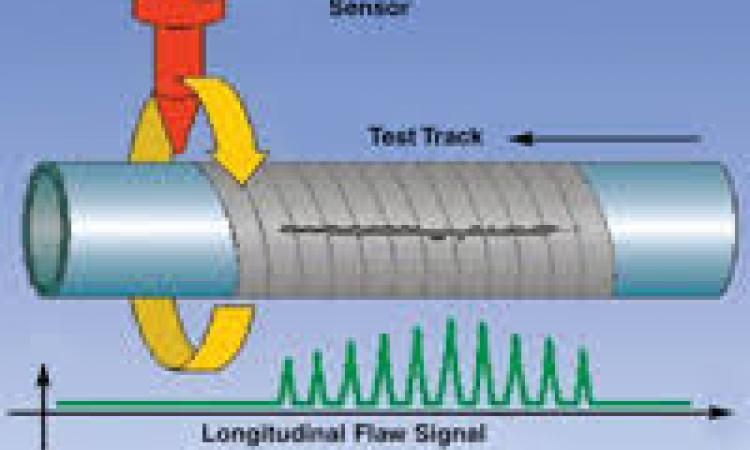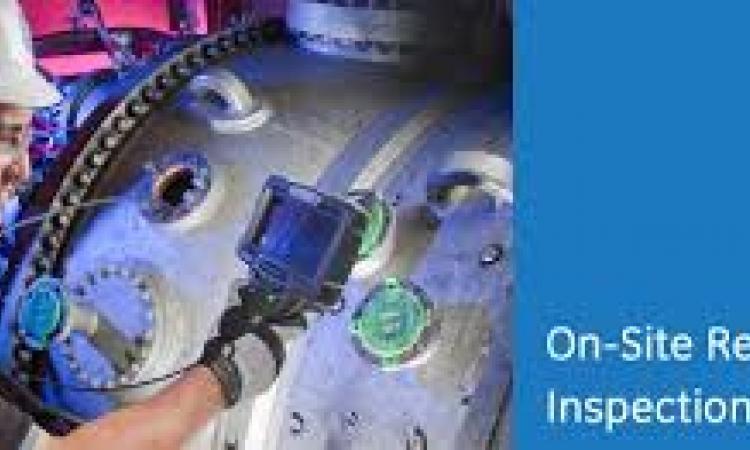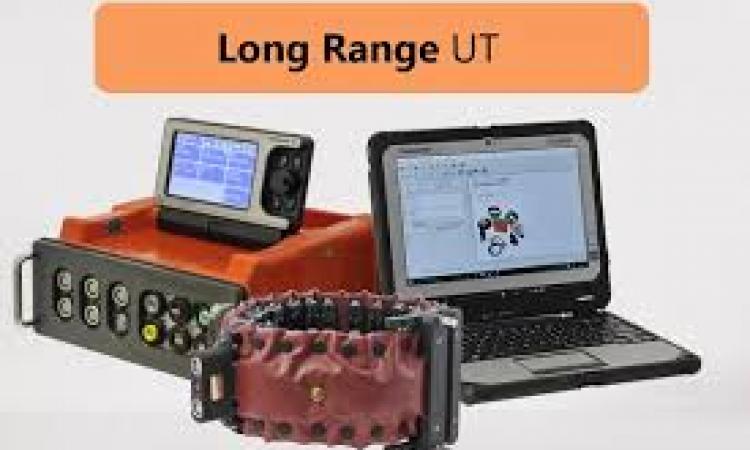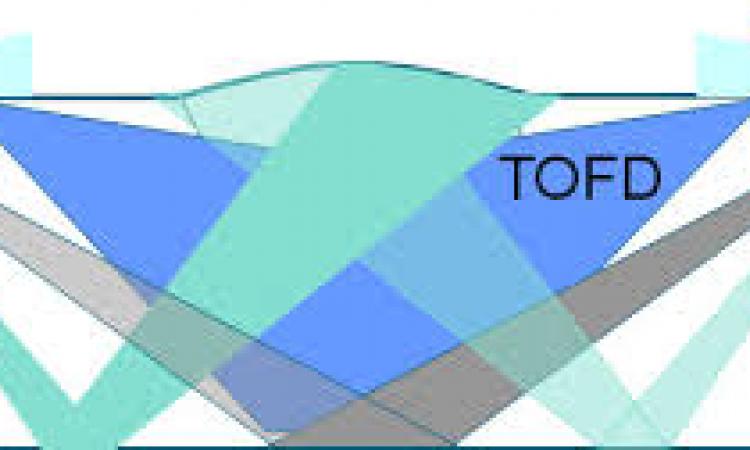
Internal Rotatory Inspection System
Internal Rotary Inspection System (IRIS) is used for inspection of tubes of heat exchangers and steam generators. The system displays circumferential cross section of tubes (wall thickness of tubes) at any given axial position and reveals both uniform and localized (pitting) corrosion. Based on the ultrasonic immersion testing principle. Ultrasonic sound wave is generated from a concave probe and transmitted into the 45° mirror mounted in a turbine, which reflect the sound wave to the tube wall. Pressurized water is being used as couplant and rotates the turbine. While the turbine rotates, it collects data around the 360° circumference of the tube. Measures exact remaining wall thickness and also online C-Scan presentation. C-Scan is helpful to identify the thickness variation immediately.
Advantages of Internal Rotatory Inspection System
IRIS technique that gives exact tube wall thickness.
Provide information on flaw profile: either ID flaw or OD flaw.
With real-time C-scan capabilities during data collection.
Best technique for sizing of the defects.
Able to indicate the reduction in wall thickness taking place either in an outer diameter or inner diameter or from both sides.
Can inspect tube wall thickness from 1 mm .
Limitations of Internal Rotatory Inspection System
Up to 120 tubes of 6 meters length can be inspected in 12 hrs.
Production is less compared to other Tube inspection method.
Pristine cleaning is required for inspection

